The photonic integrated-circuit market is currently characterized by a dynamic competitive landscape, driven by advancements in technology and increasing demand for high-speed data transmission. Key players such as Intel Corporation (US), Mitsubishi Electric Corporation (JP), and Cisco Systems Inc (US) are at the forefront, each adopting distinct strategies to enhance their market positioning. Intel Corporation (US) focuses on innovation through substantial investments in research and development, aiming to lead in the integration of photonic technologies into their semiconductor products. Meanwhile, Mitsubishi Electric Corporation (JP) emphasizes regional expansion and partnerships, particularly in Asia, to leverage local expertise and enhance its product offerings. Cisco Systems Inc (US) is actively pursuing digital transformation initiatives, integrating photonic solutions into its networking products to meet the growing demand for bandwidth and connectivity. Collectively, these strategies contribute to a competitive environment that is increasingly focused on technological advancement and market responsiveness.
In terms of business tactics, companies are localizing manufacturing and optimizing supply chains to enhance efficiency and reduce costs. The market structure appears moderately fragmented, with several key players exerting influence while also facing competition from emerging firms. This fragmentation allows for a diverse range of products and services, catering to various customer needs and preferences. The collective influence of established companies shapes market dynamics, as they strive to maintain competitive advantages through innovation and strategic partnerships.
In October 2025, Intel Corporation (US) announced a collaboration with a leading telecommunications provider to develop next-generation optical interconnects aimed at enhancing data center performance. This strategic move is significant as it underscores Intel's commitment to integrating photonic technologies into its core offerings, potentially positioning the company as a leader in high-speed data solutions. The partnership is expected to accelerate the deployment of advanced networking capabilities, aligning with the increasing demand for efficient data transmission.
In September 2025, Mitsubishi Electric Corporation (JP) launched a new line of photonic integrated circuits designed for use in 5G networks. This initiative reflects the company's strategic focus on expanding its product portfolio to meet the evolving needs of telecommunications infrastructure. By investing in 5G technology, Mitsubishi Electric aims to capture a larger share of the market, particularly as global demand for high-speed connectivity continues to rise.
In August 2025, Cisco Systems Inc (US) unveiled a new suite of photonic solutions aimed at enhancing the performance of its existing networking products. This development is indicative of Cisco's strategy to integrate cutting-edge technologies into its offerings, thereby improving overall network efficiency. The introduction of these solutions is likely to strengthen Cisco's competitive position in the market, as customers increasingly seek advanced technologies to support their digital transformation efforts.
As of November 2025, current competitive trends in the photonic integrated-circuit market are heavily influenced by digitalization, sustainability, and the integration of artificial intelligence (AI). Strategic alliances are becoming increasingly important, as companies recognize the value of collaboration in driving innovation and enhancing product offerings. Looking ahead, competitive differentiation is expected to evolve, with a shift from price-based competition to a focus on technological innovation, reliability of supply chains, and the ability to meet customer demands for sustainable solutions. This transition may redefine the competitive landscape, as companies that prioritize innovation and adaptability are likely to emerge as leaders in the market.

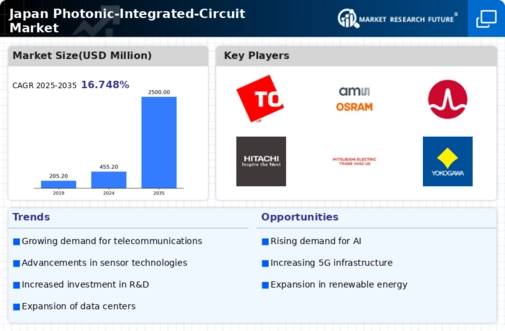
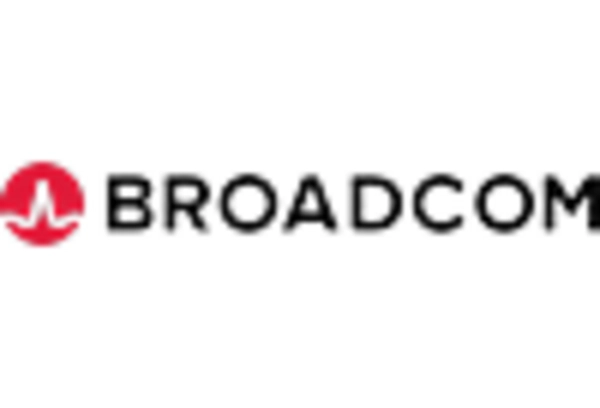
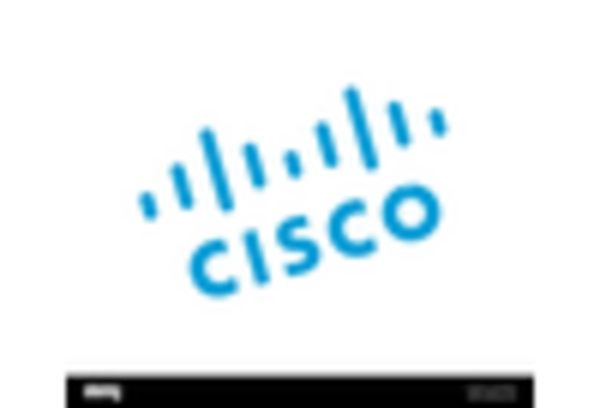
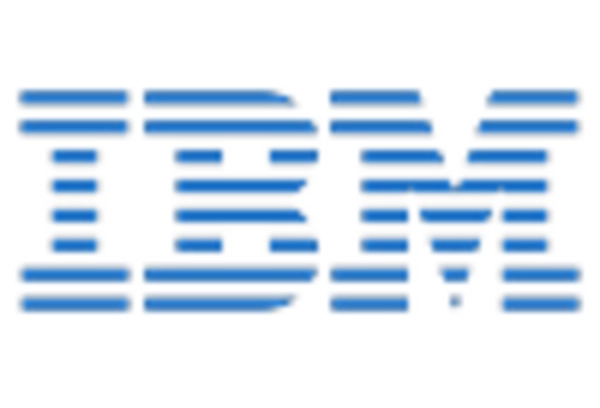
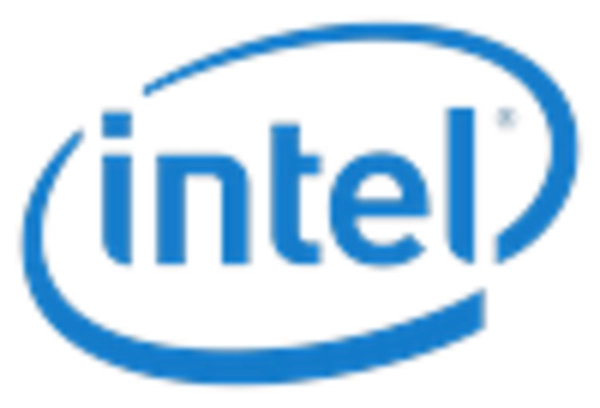
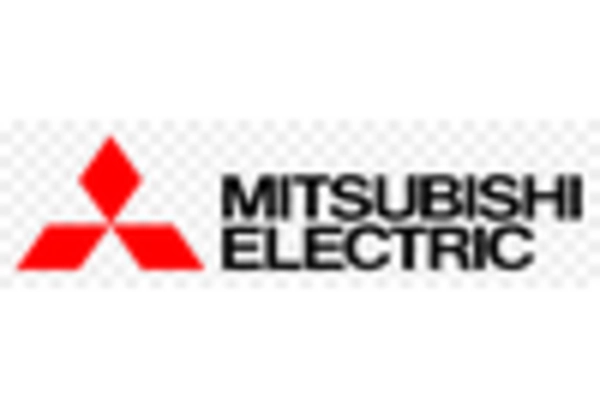
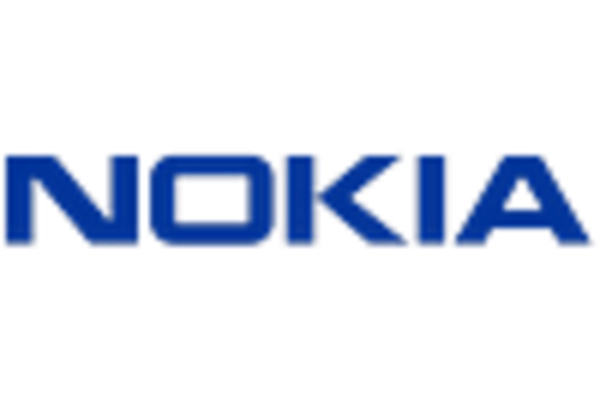








Leave a Comment